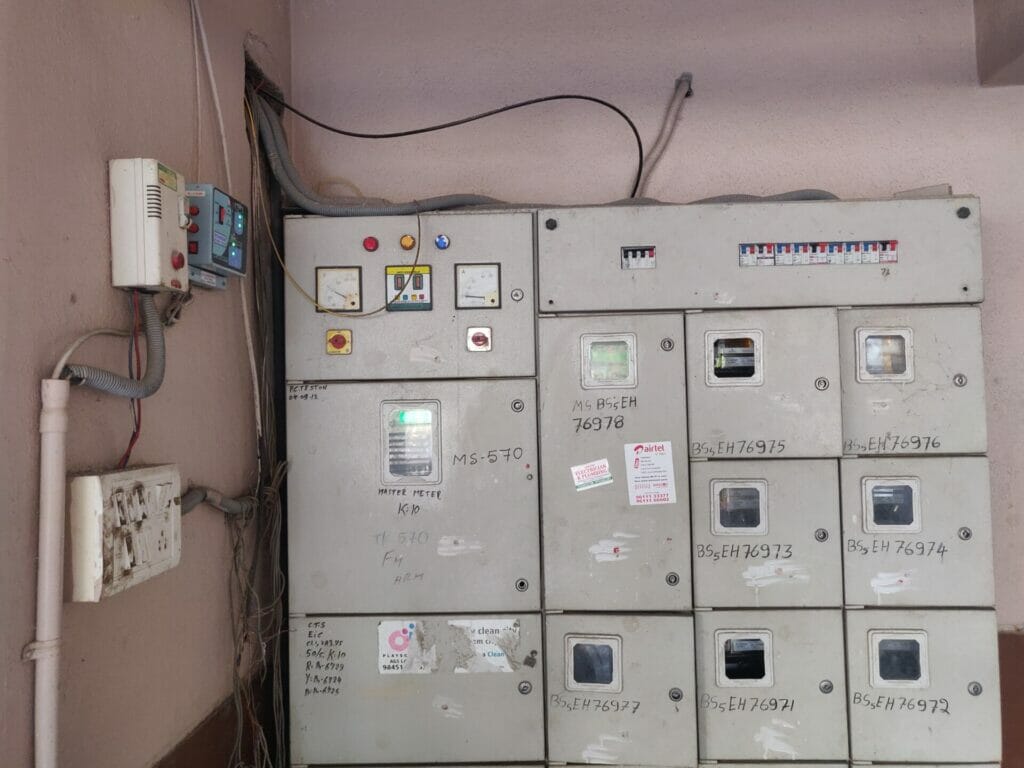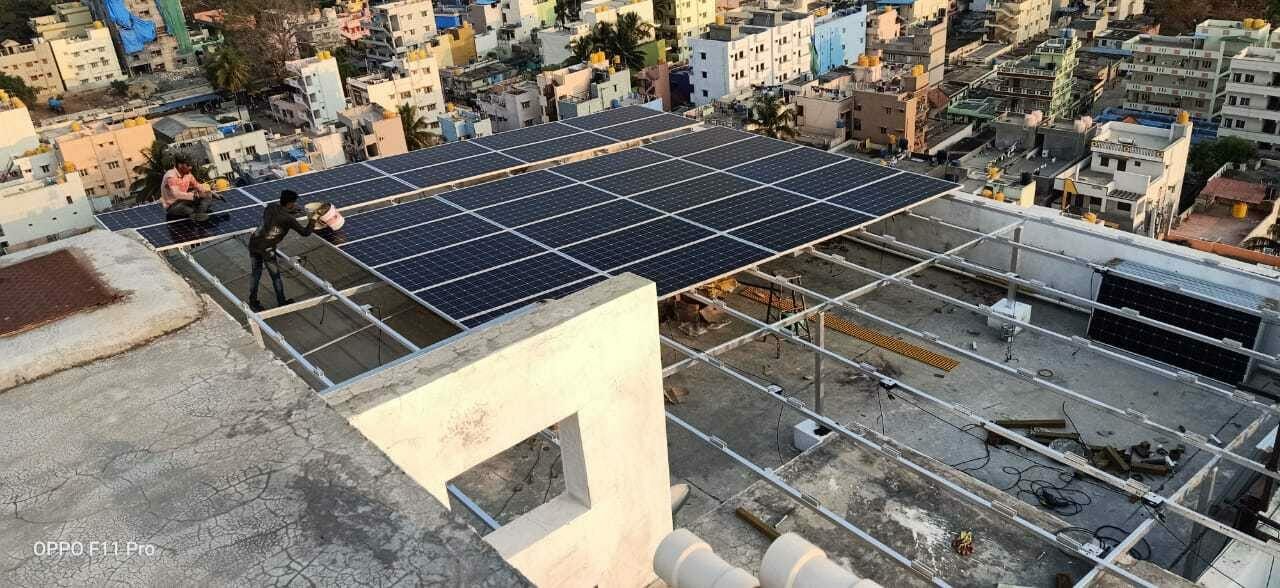Consumers in Bengaluru would have noticed discrepancies in their electricity bills last year, considering the tariffs went through three revisions in 2022 alone. In April 2022, the Karnataka Electricity Regulatory Commission (KERC) revised the tariff for electricity consumers in the state by hiking the price by an additional 35 paisa for the fiscal year 2022-23. The report stated the hike in price was to recover a revenue deficit of Rs 2159.48 crore.
Following this, in June, the Commission accepted electricity supplying companies’ (escoms) proposal to recover the “money spent on increased fuel costs,” resulting in Bangalore Electricity Supply Company Limited (BESCOM) users shelling out an additional Rs 31 paise/unit. This hike was felt by all electricity consumers in Karnataka using 100 units per month. The Commission attributed it to “the steep increase in coal prices” and due to “an increase in the variable cost of thermal stations.”
The last hike was on December 27 2022, when BESCOM raised the tariff by Rs 1.46, stating accelerating coal prices as a reason. As per escoms, they are shouldering the cost of power production following the increase in coal prices.
In the light of the rise in coal prices and consequently an increase in electricity tariffs, it is relevant to ask how dependent is Bengaluru’s current energy supply on coal sources?
Energy consumption data
For a city like Bengaluru that is bursting at the seams, the energy or power it consumes is astronomical. As per the KERC’s tariff order, obtained by Citizen Matters, BESCOM’s actual power purchase for the financial year 2021 was 29,963 million units (MU) at a cost of Rs 17,083 crores. The decrease in the quantum of power purchases has been attributed to the reduction in sales induced by the COVID-19 pandemic.

“Majority of the power we use comes from thermal power plants,” says Rishu Garg, policy specialist in the energy and power sectors at the Center for Study of Science, Technology and Policy (CSTEP). While there are thermal plants at the state level, there are also central generating stations, which are controlled by the central government, and allocate energy share to specific states, says Rishu.
The order also notes an increase in power generated from Central Generating Stations, while renewable energy was supplied from state-owned hydel and other hydro projects. However, there was a decrease in the supply from state-owned thermal power plants. As per the tariff data, 4296 MU and 8279 MU were supplied from Karnataka Power Corporation Limited’s hydel and thermal stations, respectively, for 2020-21.
Read more: Bengaluru: Why residential rooftop solar fails to take off
Status of production of renewable energy
While there are no state-level targets for generating renewable energy, KP Rudrappaiah, the Managing Director of Karnataka Renewable Energy Development Limited (KREDL), says that they are required to produce 10 GW of energy from renewable energy sources. “Karnataka produces the most (renewable energy) from solar, followed by wind,” he adds. On the question of the purchase of energy from renewable energy sources, BESCOM in the tariff order states that solar projects with the capacity of 525 and 60 megawatts were commissioned during 2019-20 and 2020-21, respectively.

This is governed by the guidelines issued by the Ministry of Power on Renewable Purchase Obligation (RPO) and energy storage trajectory until 2029-30 under Section 3 of the Electricity Act, 2003. According to this, distribution licensees or discoms have to fix a minimum percentage of the total electricity consumption to be from renewable energy sources.

Referring to this, Rishu says the discoms have an obligation to match this percentage. “The companies have to fulfil the RPO, hence, the firm will have to make an effort to ensure they are meeting the targets by sourcing power from renewable sources,” she says. However, she also points out that renewable energy is intermittent and variable by nature.
How a resident generated power from solar energy
At the household level, residents have implemented Solar Roof Top Photovoltaic Systems. In a Citizen Matters article, Commander Ganapati Subramanyam mentions how 4 KW solar panels generate around 16 KW of energy per day. “Even at 50% consumption, the rest can be exported to the BESCOM grid, ” he says, adding that this ensured uninterrupted energy supply that was not dependent on Company’s power cuts.
This is where thermal bundling comes in. Thermal and renewable energy sources can be bundled to offer competitive tariffs for the discoms to deal with the variable nature of renewable energy. “This ensures they don’t lose out in the market. A considerable amount of investment has gone into thermal power plants, and hence it will be unfair to immediately stop buying power from them,” remarks Rishu, adding that these plants also provide grid flexibility.
How would a proposed shift to renewable energy occur and what would this translate to for the electricity consumers like you and me in Bengaluru?
Shift to renewable energy: Costs and feasibility
There are already power purchase agreements in place with thermal or coal power plants, Rishu says. She adds that the shift to renewable energy has to be gradual, despite having the target of generating 500 GW of energy by 2030. Attempts to contact the BESCOM officials have not yielded a result, this article will be updated if and when a response is received.
While considering this proposed shift, there are several variables like costs, storage, and infrastructure to account for. “As the market is competitive, we have to ensure that renewable energy landed costs are on par with what is offered for energy from coal and thermal plants,” she states. For this to happen, the cost of the storage component will have to come down, which is expected a few years down the line.
There have been reports of commercial or industrial entities reducing their electricity costs by sourcing renewable energy. But will these costs percolate all the way to the consumer at a household level? Rishu says that it is too early to comment on that. “There is the assumption that tariffs might come down if we increase the power purchase from renewable energy sources, but we do not currently have the analytics to confirm this,” she points out.